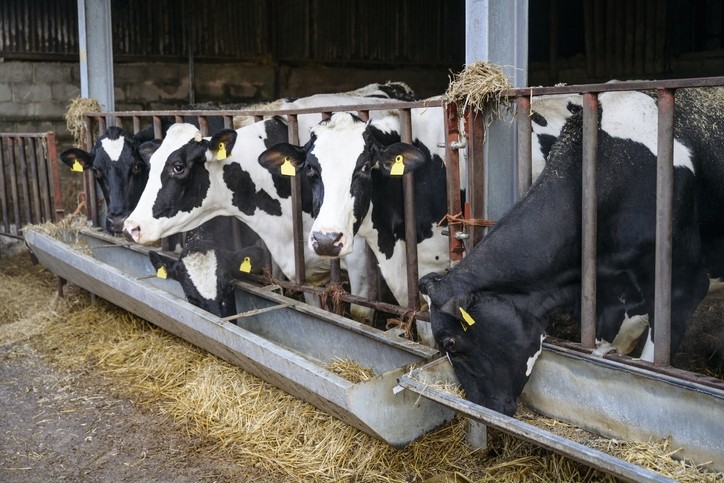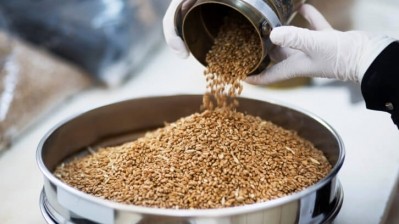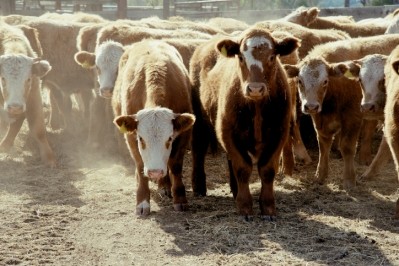Daffodil extract could reduce methane emissions in dairy cows by 30%

They showed the extract could reduce methane emissions by up to 96% but in the laboratory, using an artificial cow's stomach.
In on-farm application, through feed, the scientists are optimistic it could lower emissions in dairy cows by 30%.
And, as part of a four-year project that is backed by funding from the UK's Department for Environment, Food and Rural Affairs (Defra) and Innovate UK to the tune of £2.8m (US$3.6m) along with funding of close to £1m from industrial partners, the extract will be evaluated at several commercial dairy farms in the UK.
Flower power
Professor Jamie Newbold, professor of animal science at SRCU, told FeedNavigator the exploration work undertaken on the daffodil extract was part of ongoing research into methane emission blockers at the institution.
"We had been working for a long time with number of partners on plant extracts that might manipulate the rumen and reduce methane. And, as part of that, we came across haemanthamine, which is a byproduct of galantamine production."
Galantamine is used to treat mild to moderate confusion - dementia - related to Alzheimer's disease.
"We saw that haemanthamine had beneficial effects in the rumen. We verified that finding in-vitro, using assays, and we showed that haemanthamine can inhibit both methane production and protein degradation.”
Daffodil supply chain
The Defra backed project is going to test that laboratory-type observation further; there are three parts to it.
“Firstly, we need to establish a daffodil supply chain and develop an extraction procedure that is commercially viable. The second phase is working to prove that the extract is safe for both animals and humans. The third phase will involve working with a series of farmer partners to test the additive on four or five dairy farms in England and Wales to show that it works in terms of reducing methane and allowing the farm to feed less supplemental protein,” continued the academic.
The project consortium is a combination of scientists, agronomists, and agricultural experts including SRUC, Bangor University, the Centre for Innovation Excellence in Livestock (CIEL), Rumenco and Wynnstay, Grampian Growers and Agroceutical Products Ltd, the Analox Group, Beneve Ltd, and Bioextraction Ltd.
"SRUC is doing the rumen screening type work and our colleagues in Bangor have academic expertise in the extraction of bioactives," said Prof Newbold.
Grampian Growers, Agroceutical, Bioextractions, Rumenco and Wynnstay will manage the production of the bioactive compound through to the finished feed, while Analox Group will develop on-farm technology for monitoring methane emissions. CIEL will assist with driving knowledge exchange and industry engagement.
"Rumenco is the commercial lead and, together with Wynnstay, it will have a key role in marketing the additive," said Prof Newbold.

Mode of action
SRUC will also be undertaking the initial animal work, to determine the right dose level for the feed additive, and to understand its mode of action. "We know what, we don’t know how.”
In addition, the college has an advisory role on the animal trials and will ensure compliance with the relevant environmental regulations as well.
"There will be an initial subset of experiments, which will involve 12 cows in quite controlled conditions, and then, as the project rolls on into year three and four, the extract will be tested on partner farms in wider groups of animals."
Prof Newbold reckons the final feed addtive would be cost effective to apply on farms given that it is an industrial by-product. "It would probably cost about 5c per animal per day."















